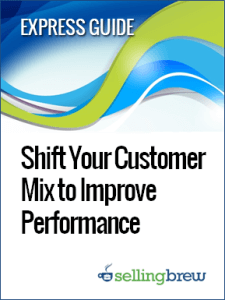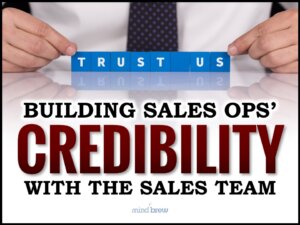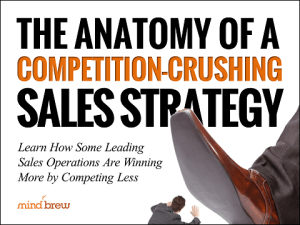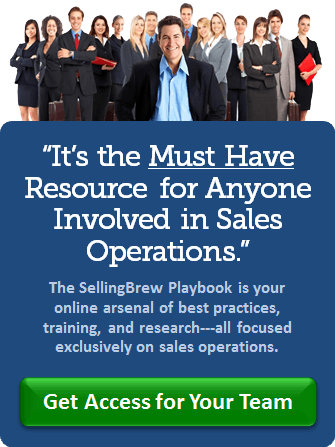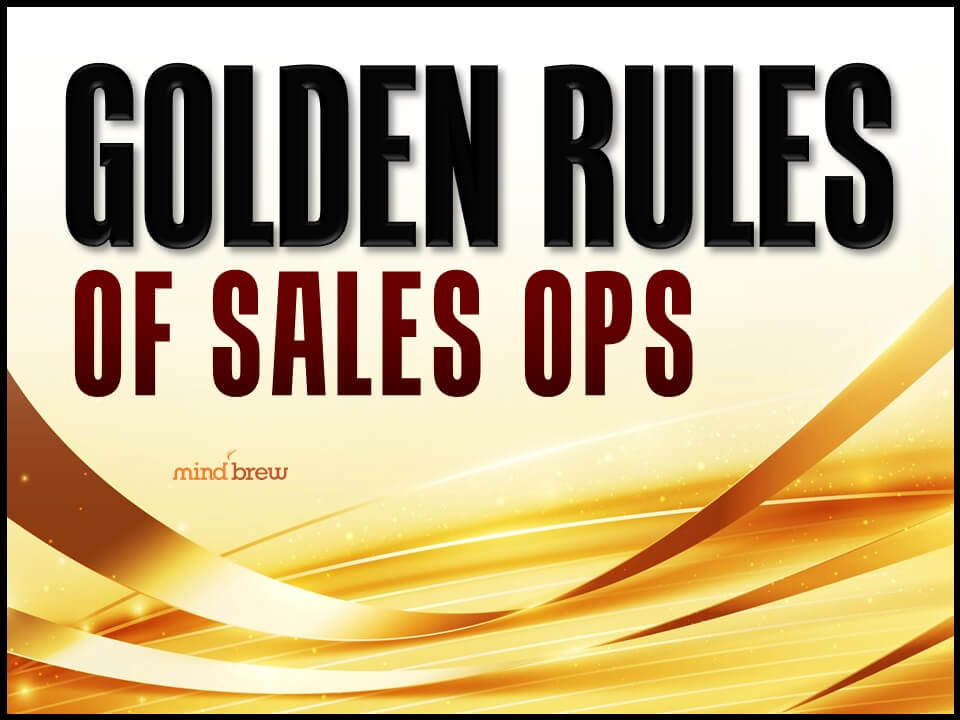Are you selling to the wrong type of demand?
If you find that question a little confusing because you didn’t know there was more than one type of demand, don’t worry, you’re not alone.
We’ve had several questions recently from SellingBrew subscribers about the two types of demand that exist—explicit and latent..
Basically, explicit demand exists when you have a product that customers are already planning to buy. A classic example is paper. Businesses are going to buy paper from someone, so the salesperson’s job is primarily to convince the buyers that your paper is better than the other guys’. Makes sense, right?
Latent demand exists when you are selling something that people don’t know they need—yet. Brand new products usually fit into this category, as well as many early technology products. You can probably think back to the time when you didn’t know you needed a smartphone or a Keurig coffee maker and you had to be convinced to buy the first one. In this case, the salesperson’s job is to overcome the status quo, which is often to buy nothing at all.
Of course, markets change over time so that latent demand becomes explicit. The iPhone is a pretty good example. Before Apple released the first iPhone, people didn’t know they wanted a phone that could access thousands of apps. Today, you probably can’t imagine going a week without your smartphone, and if yours gets broken or lost, you are definitely going to replace it. The only question is which smartphone make and model you are going to buy. In others words, the latent demand has become explicit demand.
But here’s the tricky part… It’s all too easy to fall into the trap and believe you’re selling to explicit demand when your market is actually latent. And it can even be self-fulfilling if your current customers happened to have explicit demand for your products and didn’t need much convincing to buy. But using those same sales techniques won’t help you address the broader market.
So consider your own products. Are you selling to latent or explicit demand? It’s critical to know the difference. If your sales team is using the wrong approach, you may never see the results you want, no matter how everyone is working. But taking a little time to realign your sales materials and sales processes with the type of demand that exists can pay huge dividends for a relatively small effort.
You can learn more about this and other ways to improve sales in the guide Strategies and Tactics for Boosting Your Close Rates. Over the years, we’ve found that a small change in your approach or methodology often yields astonishing improvements in revenue and profitability.


